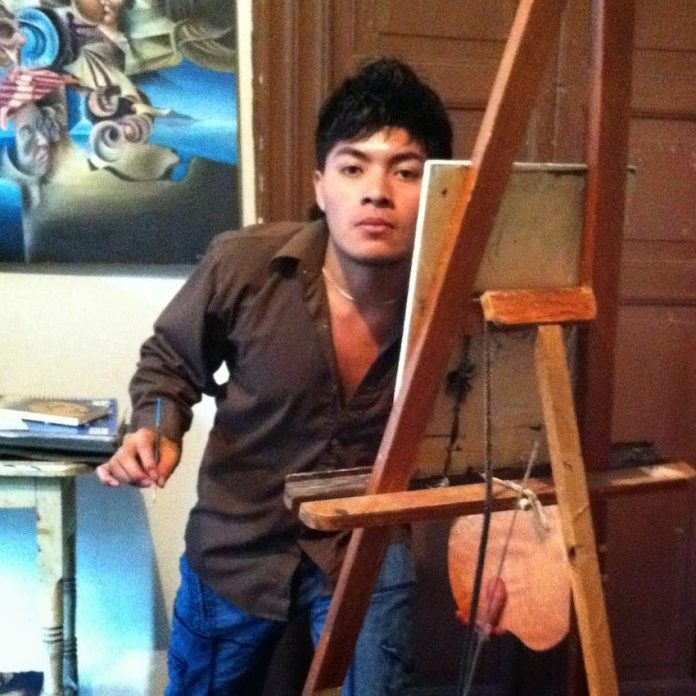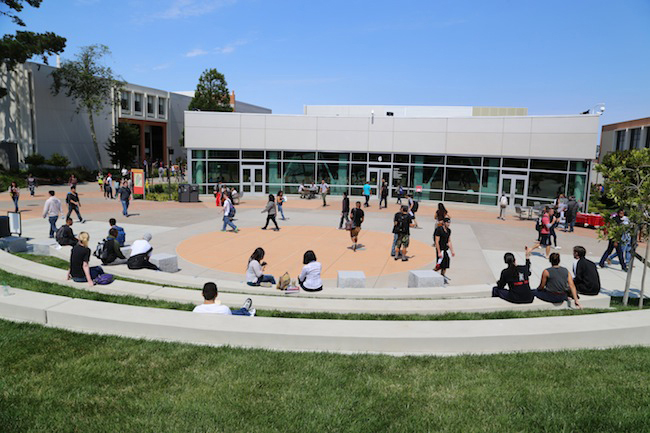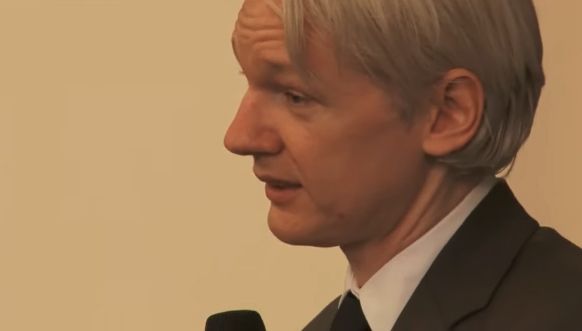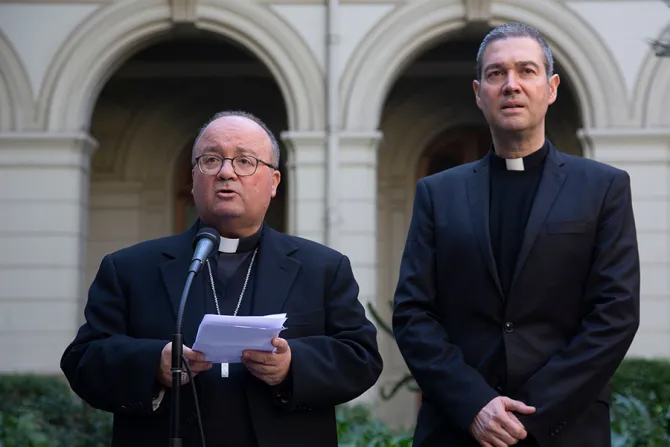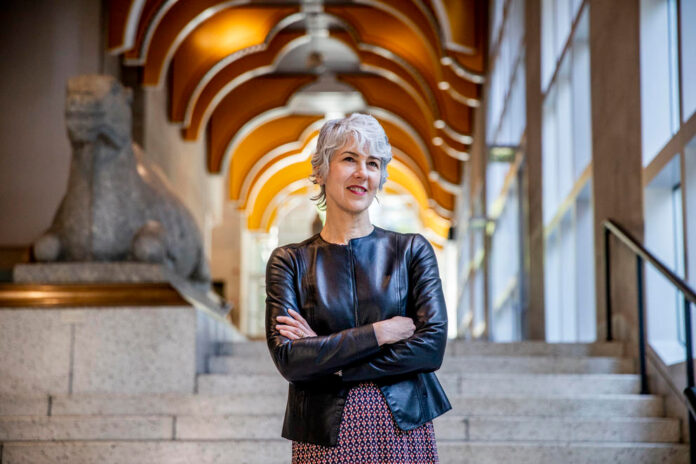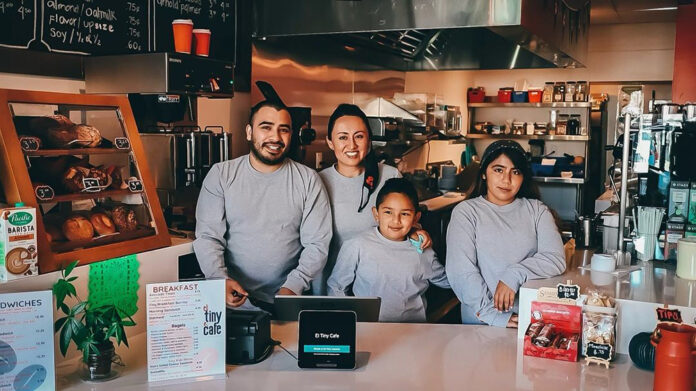by Magdy Zara
Amalia Mesa-Bains, Chicana artist, exhibits her work Archeology of Memory, after a long time in the Bay Area.
Presenting work from her entire career for the first time, this exhibition features nearly 60 works in a variety of media, including fourteen major installations, celebrates Mesa-Bains’ significant contributions to the field of contemporary art locally and globally. .
For more than forty-five years, Mesa-Bains has worked to bring Chicano art to the broader American field of contemporary art through innovations of sacred forms such as altares (home altars), ofrendas (offerings to the dead), rests (resting places on the side of the road), and chapels (shrines in the backyard).
Photographs, beads, costume jewelry, rosaries, postcards, fabrics, tools and instruments all appear on the Mesa-Bain premises. These individual objects are disassembled and reassembled to form new pieces, ephemeral and ever-evolving versions of her work. At any given time, Mesa-Baines has several suitcases of items for this purpose on hand. In the past, she has joked that she could never hold a retrospective of her work because she reuses so much of her material. And yet, and after 50 years of activity, right here is a retrospective of this type.
Born in Santa Clara, Mesa-Baines is the daughter of parents who crossed the US-Mexico border as children in the 1910s, worked as maids and farm laborers, and remained undocumented workers until the end of their lives. .
The Archeology of Memory exhibition opened its doors on July 23 and runs until August 16, at the Berkeley Museum of Art and Pacific Film Archive, from Wednesday to Sunday, from 11 a.m. to 5 p.m. until 6 pm. Tickets are $14 per person.
The museum is located on Center St, Berkeley, CA.
Sacred Fire Band pays tribute to Carlos Santana
A Bay Area favorite, Sacred Fire Band is a dynamic tribute band that brings the sound of Carlos Santana to life.
With riveting guitar and organ solos, a thumping horn section, and a thumping percussion section, his electrifying performances are a true reflection of Santana’s music. From “Black Magic Woman” to “Smooth,” Sacred Fire Band captures the soulful rhythms and fiery energy of Santana’s music.
The facilities of the San Bruno park, located at 567 Camino Real will be the place where this tribute to Santana will be offered, next August 4 starting at 5 p.m., the activity will be completely free.
Ella Hill Hutch Community Center holds photography exhibit
Mo’ Magic High School students mentored by local black photographers and community-minded students from the University of San Francisco hold a photography exhibit.
Original photography, poetry, and student design, this exhibit explores the urban garden at the Ella Hill Hutch Community Center and the nature sanctuary they have created.
The goal is to shoot for satisfaction, clicking non-stop, until you get the perfect shot.
This exhibit is being sponsored by the Trust for Public Land, Prop 64 Youth Community Access, Citizen Film, Mo’ Magic, and the San Francisco Arts Commission and will be open to the public from August 15-31, at 100 Larkin Street, San Francisco.
Sunday afternoons return to Presidio Park
As part of ParquePresidio’s monthly Sunday Afternoons series, artists and activists Favianna Rodríguez and Felicia Gabaldon perform Unleashed Harmony: Music and Art for Mother Earth.
The organizers of the event explained that their goal with this activity is to celebrate the vital role that art plays in shaping our relationship with the land. “Art and culture are the most powerful tools to inspire the social change that these times demand.”
-Our current relationship with the land is based on destructive myths that have shaped our cultural imagination since colonization. We need artists to help us imagine a future where together we thrive with nature, they said.
Come meet Felicia and Favianna and celebrate their colorful floor murals with musical entertainment.
The invitation is for this Sunday, August 13, at the Presidio Tunnel Tops, 210 Lincoln Boulevard, San Francisco, starting at 1 p.m.



